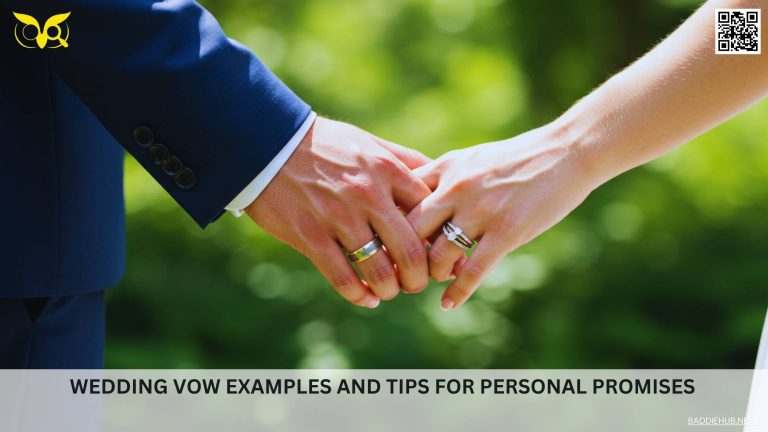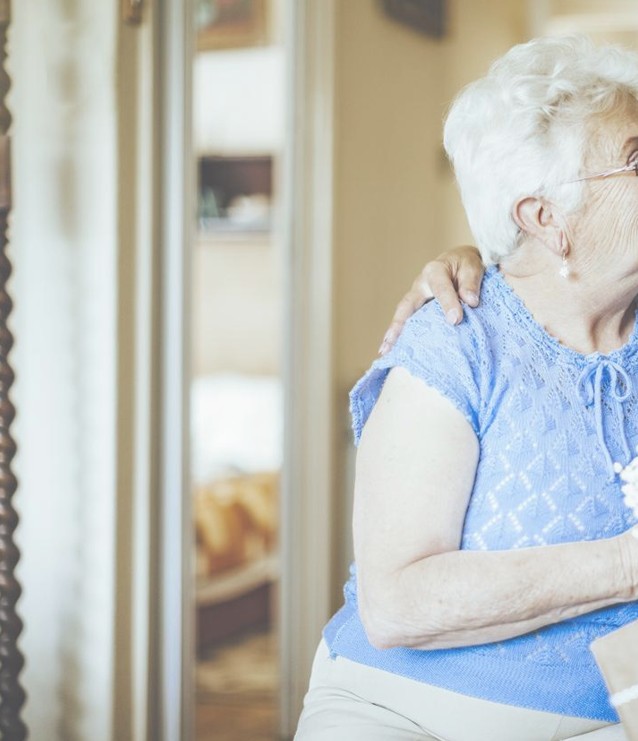In the fast-paced world of social media, new trends emerge and fade with startling speed. However, one particular aesthetic has shown impressive staying power and cultural impact: the “Baddie” culture. Recognized for its hyper-glamorous appearance, bold confidence, and unapologetic femininity, Baddie culture has shaped online identities, fashion trends, and even feminist conversations.

Yet, it also invites criticism for being superficial, performative, or exclusionary. So, is Baddie culture a form of modern empowerment, allowing individuals, especially women of color, to reclaim power through aesthetics and confidence? Or is it simply another commodified internet trend, similar to cricket rate live, more concerned with looks than liberation? This article explores the complexities of Baddie culture and its place in today’s cultural landscape.
Defining the “Baddie”: More Than Just a Pretty Face?
The term “Baddie” entered popular slang in the early 2010s, gaining momentum through platforms like Instagram and later TikTok. A “Baddie” is generally characterized by flawless makeup, sleek hair, stylish outfits (often figure-hugging or designer-inspired), and a poised, often sultry, presentation. The aesthetic draws heavily from Black and Latina beauty standards, including full lips, contoured features, long nails, and fashion-forward streetwear.
Originally, the term was used to compliment someone who is “bad” in the best way: beautiful, confident, and stylish. But over time, it evolved into a full-blown subculture, complete with visual codes, brand preferences, and behavioral norms. While the look itself is often labeled as hyper-feminine and even “Instagrammable,” it comes with a specific attitude: self-assured, unbothered, and aspirational. Critics might see this aesthetic as shallow or materialistic, but others argue it’s an expression of control and self-definition.
Social Media as the Birthplace and Battleground
Social media platforms are largely responsible for the rise and proliferation of Baddie culture. Instagram influencers like Kylie Jenner, Jordyn Woods, and Ari Fletcher, as well as countless micro-influencers, helped popularize the look. On TikTok, Baddie makeup tutorials, “get ready with me” videos, and outfit hauls dominate feeds. These platforms offer visibility, giving women, particularly women of color, a way to celebrate their beauty and style on their own terms.
Many Baddies use their social media platforms to promote self-love, body confidence, and financial independence, often monetizing their appearance through brand deals, modeling, and entrepreneurship. However, the algorithmic nature of these platforms also reinforces specific beauty standards. The Baddie aesthetic, while rooted in Black and Latinx culture, is frequently whitewashed or commodified for wider appeal.
Empowerment Through Hyper-Femininity
At its core, Baddie culture allows women to embrace and weaponize their femininity in a society that often views it as a weakness. This hyper-feminine aesthetic can be a radical act, especially for Black and brown women who have historically been denied the freedom to be soft, glamorous, or openly expressive.
By taking up space visually and socially, Baddies subvert traditional norms. They embody confidence and financial ambition, often emphasizing self-made success. Many Baddies are entrepreneurs, leveraging their looks and online presence to build brands, sell products, and create independent careers. In this sense, the culture promotes autonomy and control over one’s image, a theme that echoes broader feminist goals.
The Double-Edged Sword of Aesthetic-Based Identity
One of the primary critiques of Baddie culture is its reliance on appearance as a measure of worth. In a culture that already places immense pressure on women to look a certain way, the Baddie aesthetic can inadvertently reinforce the very structures it aims to defy. When empowerment is tied so tightly to how one looks, it raises questions: What happens when beauty fades? What about those who don’t fit the aesthetic mold? Can confidence rooted in appearance truly be lasting?
Moreover, the commodification of Baddie culture through fast fashion, beauty brands, and influencer marketing threatens to dilute its original meaning. What started as a grassroots celebration of style and self-expression by women of color has, in some cases, become a marketable archetype, stripped of context and sold back to the masses. There is also a class dimension to consider. The Baddie lifestyle, as portrayed online, often involves luxury items, designer clothes, and frequent beauty treatments. This creates a barrier to entry for those without the financial means to participate, potentially leading to feelings of inadequacy or exclusion.
Conclusion: Empowerment or Just Aesthetic?
Baddie culture is complex. It sits at the intersection of beauty, race, gender, and capitalism. On one hand, it empowers individuals, especially marginalized women, to take ownership of their image, celebrate their bodies, and build economic independence. On the other hand, it risks reducing identity to an aesthetic, one that can be exclusionary and demanding to maintain.
Perhaps the most honest answer lies in acknowledging that it can be both: empowering and aesthetic. It offers real benefits to those who engage with it intentionally, while also deserving critique when it slips into performativity or consumerism. Like many cultural trends, Baddie culture reflects the society that birthed it, flawed, vibrant, contradictory, and always evolving.






